Minimize serious medication risks with modest lifestyle change
By David Dunaief M.D.

If you are planning to enjoy a large Thanksgiving dinner, you’ll probably experience reflux afterward. Here, your stomach contents flow back into your esophagus when the valve between your stomach and your esophagus, the lower esophageal sphincter, relaxes. This is normal, especially after a meal, and doesn’t require medical treatment (1).
Gastroesophageal reflux disease (GERD), however, is more serious and can have long-term health effects. Among them are erosion or scarring of the esophagus, ulcers, and increased cancer risk. Approximately 20 percent of the U.S. adult population has been diagnosed with GERD, although researchers estimate it affects as much as 28 percent (2). It’s no surprise that pharmaceutical firms have lined drug store shelves with all kinds of solutions.
GERD risk factors range from lifestyle — obesity, smoking and diet — to medications, like calcium channel blockers and antihistamines. Other medical conditions, such as hiatal hernia and pregnancy, also play a role (3). Dietary triggers, such as spicy, salty, or fried foods, peppermint, and chocolate, might also contribute.
Medication options
The most common and effective medications for treating GERD are H2 receptor blockers and proton pump inhibitors (PPIs). H2 receptor blockers, such as Zantac and Tagamet, partially block acid production. PPIs, which include Nexium and Prevacid, almost completely block acid production (4). Both have two levels: over-the-counter and prescription strength. Let’s focus on PPIs, for which over 92 million prescriptions are written each year in the U.S. (5).
The most frequently prescribed PPIs include omeprazole (Prilosec) and pantoprazole (Protonix). Studies show they are effective with short-term use in treating Helicobacter pylori-induced peptic ulcers, GERD symptoms, gastric ulcer prophylaxis associated with NSAID use, and upper gastrointestinal bleeds.
Most of the package insert data is from short-term studies lasting weeks, not years. The landmark study supporting long-term use FDA approval was only one year. However, maintenance therapy is usually prescribed for many years.
Concerns about long-term use effects and overprescribing have prompted pharmacists to take an active role in educating patients about their risks and about the need to take them before eating for them to work (6).
PPI risks
PPI side effects after years of use can include increased bone fracture risk; calcium malabsorption; Clostridium difficile (C. difficile), a serious intestinal bacterial infection; potential vitamin B12 deficiencies; and weight gain (7).
The FDA has amplified its warnings about the increased risk of C. difficile, which must be treated with antibiotics. Unfortunately, it only responds to a few, and that number is dwindling. Patients must contact their physicians if they develop diarrhea when taking PPIs and it doesn’t improve (8).
Suppressing stomach acid over long periods can also result in malabsorption issues. In a study where PPIs were associated with B12 malabsorption, it took at least three years’ duration to cause this effect. While B12 was not absorbed properly from food, PPIs did not affect B12 levels from supplementation (9). If you are taking a PPI chronically, have your B12 and methylmalonic acid (a metabolite of B12) levels checked and discuss supplementation with your physician.
Before you stop taking PPIs, consult your physician. Rebound hyperacidity can result from stopping abruptly.
Lifestyle options
A number of lifestyle modifications can improve GERD, such as raising the head of the bed about six inches, not eating prior to bedtime and obesity treatment (10).
Increase fiber and exercise. A study that quantified the increased risks of smoking and salt also found that fiber and exercise both had the opposite effect, reducing GERD risk (11). An analysis by Journal Watch suggests that the fiber effect may be due to its ability to reduce nitric oxide production, a relaxant for the lower esophageal sphincter (12).
Lose weight. In one study, researchers showed that obesity increases pressure on the lower esophageal sphincter significantly (13). Intragastric (within the stomach) pressures were higher in both overweight and obese patients on inspiration and on expiration, compared to those with lower body mass indexes.
Eat long before bedtime. A study showed a 700 percent increased risk of GERD for those who ate within three hours of bedtime, compared to those who ate four hours or more before bedtime (14).
While drugs have their place in the arsenal of options to treat GERD, lifestyle changes are the first, safest, and most effective approach in many instances.
References:
(1) Gastroenterol Clin North Am. 1996;25(1):75. (2) Gut. 2014; 63(6):871-80. (3) niddk.nih.gov. (4) Gastroenterology. 2008;135(4):1392. (5) Kane SP. Proton Pump Inhibitor, ClinCalc DrugStats Database, Version 2024.08. Updated August 7, 2024. (6) US Pharm. 2019:44(12):25-31. (7) World J Gastroenterol. 2009;15(38):4794–4798. (8) FDA.gov. (9) Linus Pauling Institute; lpi.oregonstate.edu. (10) Arch Intern Med. 2006;166:965-971. (11) Gut 2004 Dec; 53:1730-1735. (12) JWatch Gastro. Feb. 16, 2005. (13) Gastroenterology 2006 Mar; 130:639-649. (14) Am J Gastroenterol. 2005 Dec;100(12):2633-2636.
Dr. David Dunaief is a speaker, author and local lifestyle medicine physician focusing on the integration of medicine, nutrition, fitness and stress management. For further information, visit www.medicalcompassmd.com or consult your personal physician.

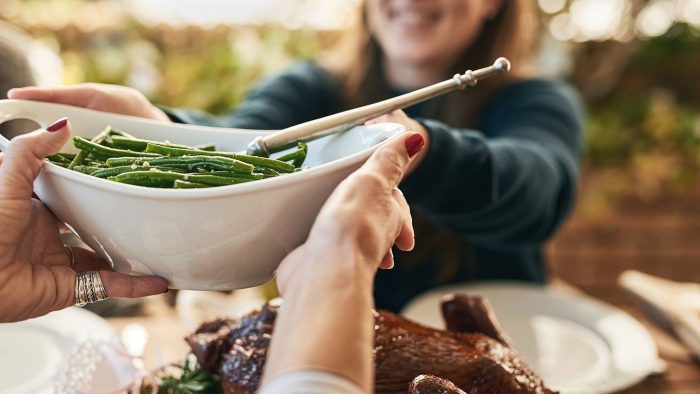







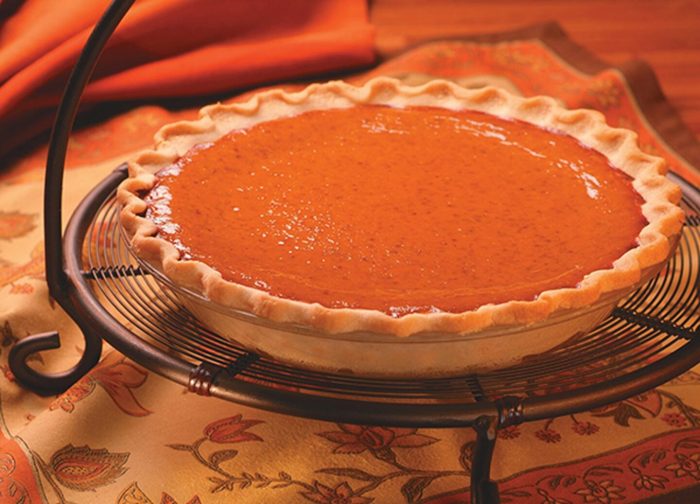
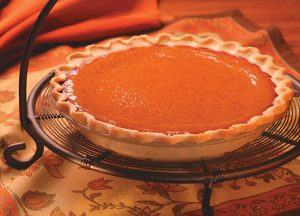


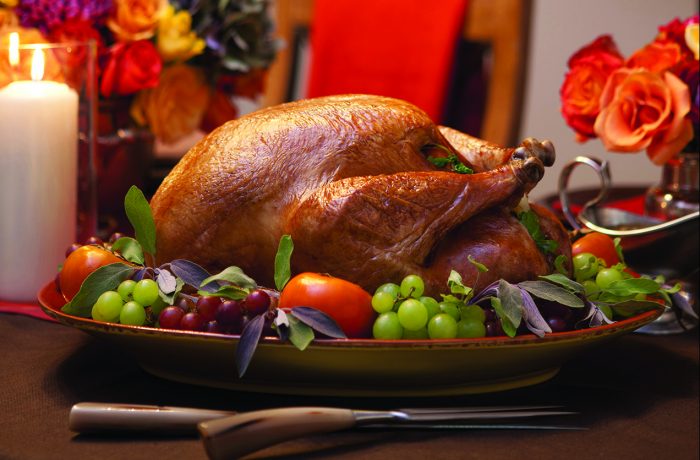

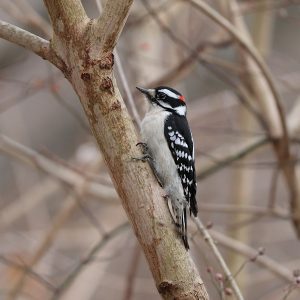




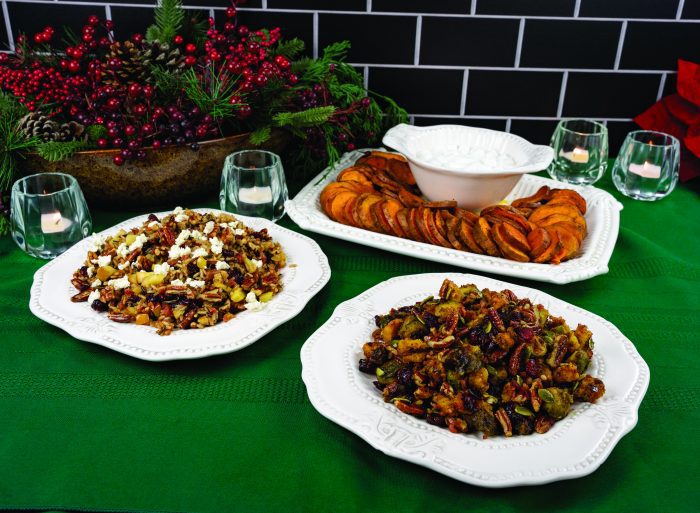
 YIELD: Serves 6 to 8
YIELD: Serves 6 to 8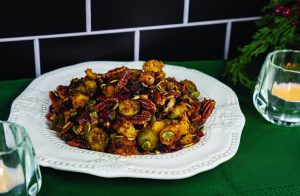 YIELD: Serves 6 to 8
YIELD: Serves 6 to 8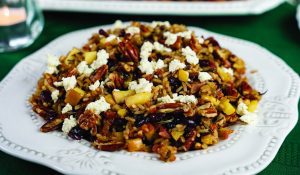 YIELD: Serves 6 to 8
YIELD: Serves 6 to 8


